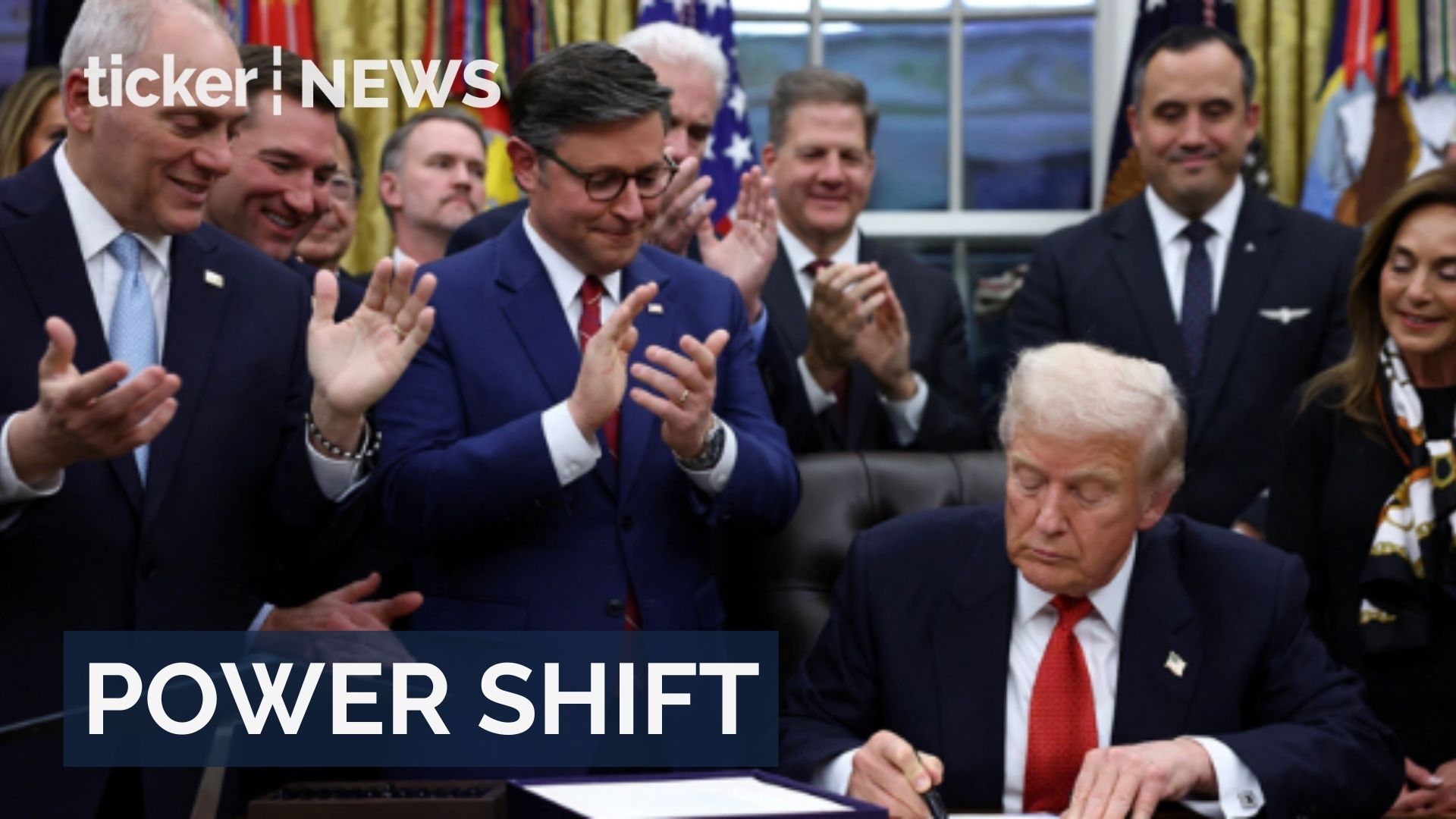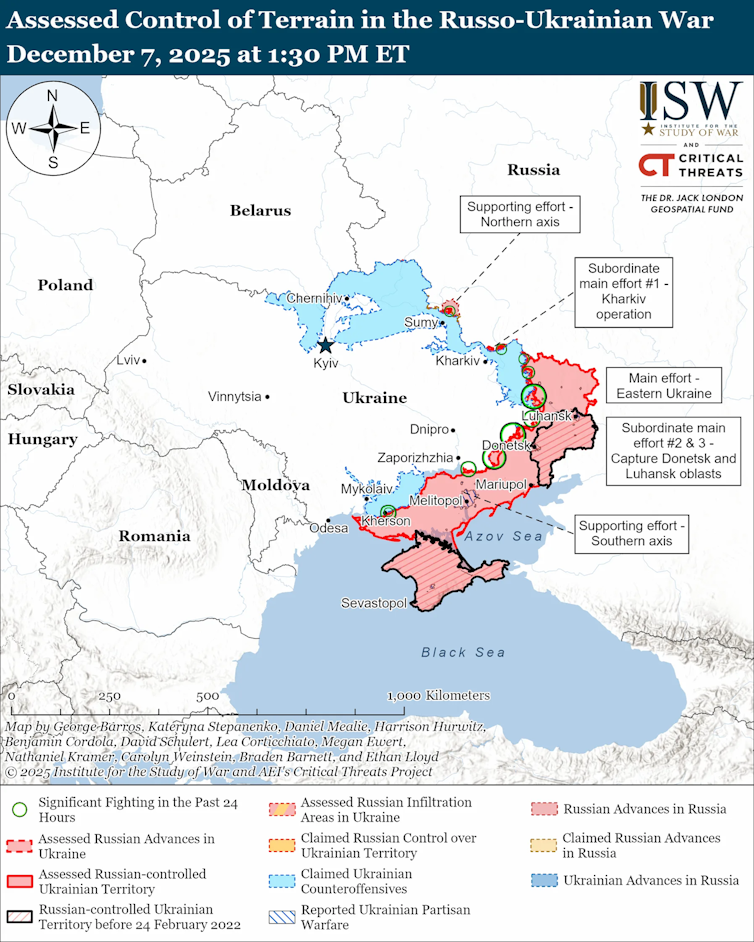Shannon Bosch, Edith Cowan University and Joshua Aston, Edith Cowan University
Senior Israeli Defence Force (IDF) officials have announced that around 130,000 reservists will take part in Israel’s planned military operation to take over Gaza City. Fighting is expected to continue well into 2026.
The first set of 40,000–50,000 reservists are due to show up for duty on September 2.
Our research, to be published in a forthcoming book, shows the call-up plans raise significant legal issues for countries that permit their dual-Israeli nationals to serve in the IDF — whether through voluntary enlistment programs such as Mahal and Garin Tzabar, or compulsory reserve duty.
Compulsory service and dual citizenship
Under Israeli law, every citizen or permanent resident must serve in the IDF for between 18 to 36 months (based on their age, marital status and gender), followed by ten years of reserve duty.
Dual citizens living abroad are not exempt and are expected to settle their conscription status through Israeli consulates and embassies.
Following the October 7 2023 Hamas attacks, Israel expanded compulsory service to three years, boosting the IDF to 169,500 active troops and 465,000 reservists.
While many reservists are currently residents in Israel, significant numbers also live overseas.
What the ICJ and UN experts have said
In July 2024, the International Court of Justice (ICJ) handed down an advisory opinion on the legal consequences of Israel’s occupation of Palestinian territory. The court advised that all UN member states are obligated to refrain from providing assistance to Israel in maintaining the occupation.
This came after the ICJ had already issued a preliminary ruling saying Palestinians in Gaza had a plausible right to protection from genocide in Gaza.
In response to the ICJ’s July 2024 opinion, 40 independent UN experts advised that states should be taking steps to prevent their dual Israeli citizenship from serving in the IDF to avoid being potentially complicit in war crimes or crimes against humanity.
And earlier this year, an independent international commission established by the UN Human Rights Council urged UN member states to investigate and prosecute those accused of committing crimes in Gaza, either under their own domestic laws or using universal jurisdiction.
These opinions and reports have intensified the debate over the legal obligations of states that allow their dual Israeli nationals to enlist in the IDF.
How other countries view serving in foreign armies
The countries with the largest Jewish populations have done little to restrict IDF recruitment.
The United States, France, Canada, Germany and the United Kingdom all have laws against foreign enlistment. However, they allow IDF recruitment through exemptions, treaties or permissive interpretations of the laws.
Australian law prohibits citizens from engaging in foreign conflicts as mercenaries, but permits enlistment in foreign armies. Recruiting Australians to join a foreign military, that aligns with Australia’s defence or international interests may be permitted by the Attorney General, but the Criminal Code Act of 1995 does however prohibit Australian nationals entering foreign military zones where a designated terrorist organisation is engaged.
South Africa has a law against its citizens fighting in foreign wars without permission. It has also explicitly threatened to prosecute those who join the IDF. Yet, enforcement has been rare and selective. .
Civil society mobilisation
In Canada, the Royal Canadian Mounted Police confirmed in June it was investigating possible war crimes in Gaza. Many believed this was targeted at dual national IDF reservists.
In May 2024, the Hind Rajab Foundation, a Palestinian advocacy group based in Belgium, submitted a dossier of evidence to the International Criminal Court alleging war crimes committed by some
1,000 IDF soldiers, including a number of dual citizens.
A related group also filed a complaint with the ICC about dual Dutch-Israeli soldiers allegedly committing war crimes in Gaza.
And in April 2025, UK advocacy groups submitted a dossier to the Metropolitan Police war crimes team targeting ten British nationals for alleged war crimes and crimes against humanity in the war.
Meanwhile, in Australia, a legal group called the Australian Centre for International Justice has been monitoring about 20 dual nationals who have served in the IDF.
In response to the group, the government urged Australians seeking to serve in foreign armies to “carefully consider their legal obligations and ensure their conduct does not constitute a criminal offence”.
Obligations of countries
All ten countries we surveyed — the US, UK, Canada, France, Germany, Australia, Brazil, Argentina, Russia and South Africa — are parties to the Geneva Conventions, the Convention against Torture, and the Genocide Convention. These treaties impose obligations on members to not only punish violations, but prevent them.
Israel’s mobilisation of 130,000 reservists dramatically increases the potential that more dual nationals will be drawn into operations that have been condemned by the UN and ICJ as unlawful.
For dual citizens, the risks are profound. Not only can they be involved in a protracted conflict, but they can also be potentially exposed to future prosecution for grave crimes.
For states, the stakes are just as high – silence and inaction may amount to complicity in genocide. The question now is whether governments will uphold their obligations and effectively warn their citizens about fighting in Gaza, and investigate and prosecute them, where necessary.![]()
![]()
Shannon Bosch, Associate Professor (Law), Edith Cowan University and Joshua Aston, Associate Dean Law, Edith Cowan University
This article is republished from The Conversation under a Creative Commons license. Read the original article.

























